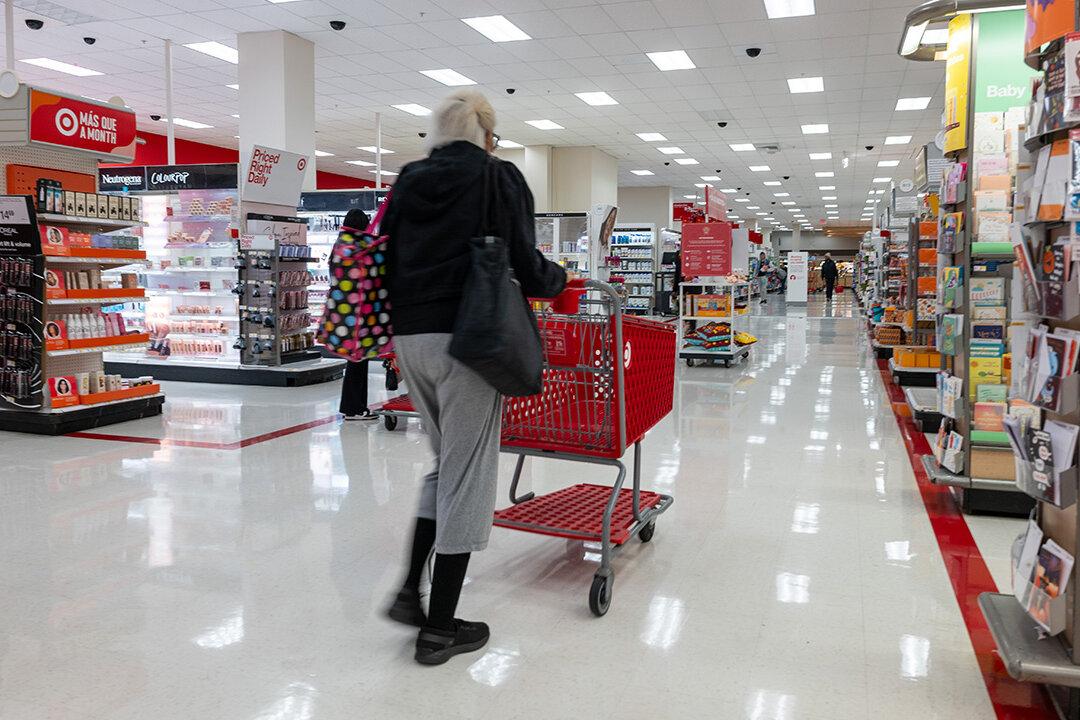The number of Canadian businesses directly impacted by crime and community safety issues has more than doubled in the past year—now at 46 percent—says Jairo Yunis of the Canadian Federation of Independent Business (CFIB).
Shoplifting specifically affects 61 percent of CFIB members surveyed, according to preliminary survey results Yunis shared with The Epoch Times. In Manitoba and Nova Scotia, that number jumps to almost 80 percent.





